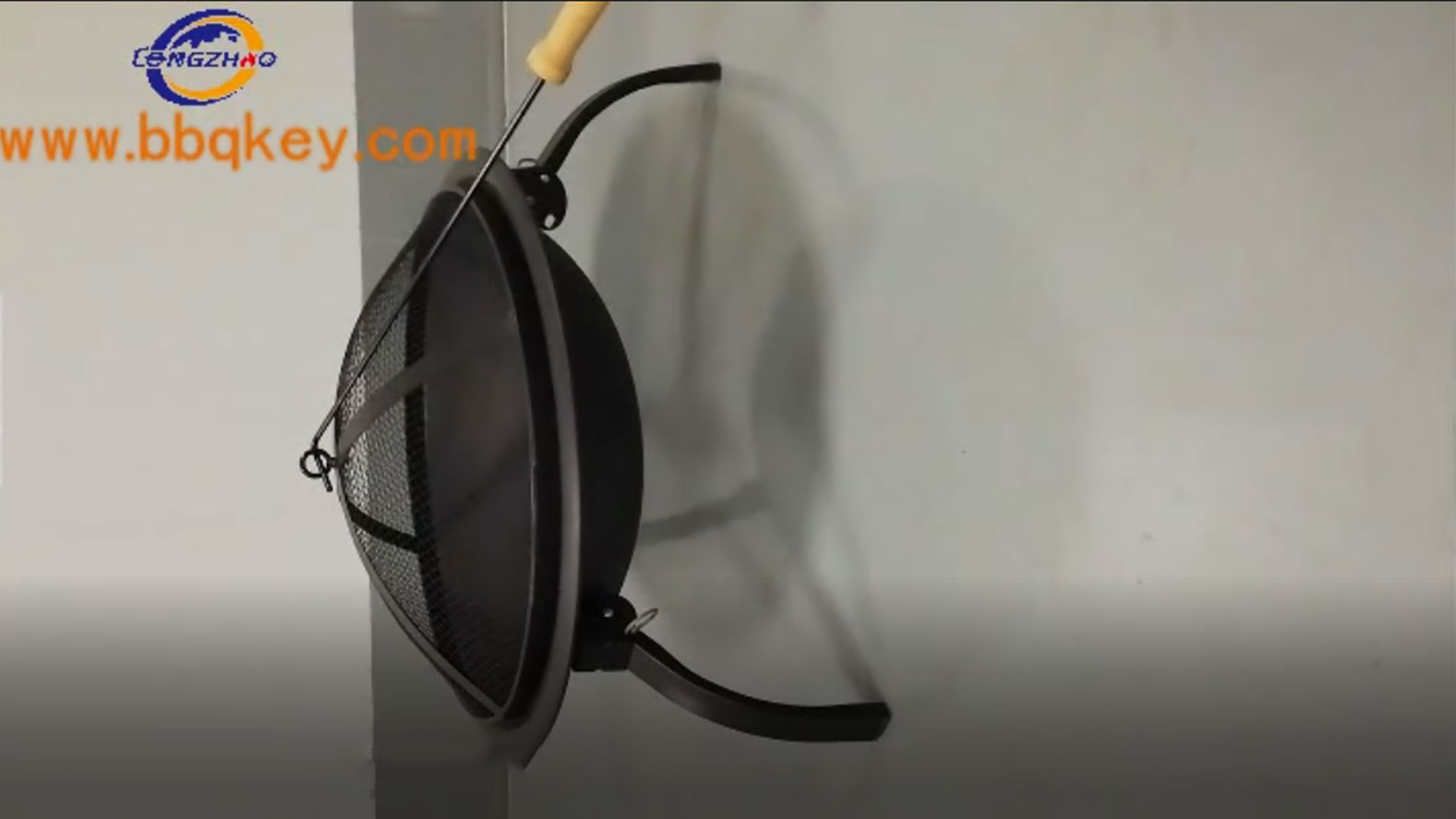Brake Drum Blacksmith Forge - low ash charcoal briquettes
by:Longzhao BBQ
2020-05-03

This is the basic design.A 2 "floor flange is bolted to the lower side of the brake drum and connected to a 2" T-with a 2 "coupler-connector.A longer coupler is attached to the side to accept the hairdryer, and a bottom pipe is attached to the bottom to collect dust.This is usually capped with a 2 "lid so the air can't escape that direction, but I don't want to wait until the forging cools before unscrewing the lid, empty the Ashes I am worried that the lid will be permanently attached to rust as the blacksmith shop will be stored outside in the rain.Let me show you what we do.Note: The brake drum is free, but a few garages need to be visited to find it, as disc brakes are becoming more common now on the rear wheels of the new car, and brake drums are more difficult to find.A large brake rotor with a large hub will work, but the hub will still not be as big as normalBrake drum size.The forging is designed to be very basic and modular, so it can be easily broken down for storage, so we just used three pieces of coal slag on the base.Instead of covering the pipe at the bottom, we use a paint tank filled with water to capture the dust and prevent the air from escaping from the bottom of the hairdryer.To prevent the coal from falling from the 2 "pipe opening, we used a small 3/4" pipe floor flange as our "grate ".It just sits loosely at the bottom, but it perfectly grabs the edge of the brake drum hole, so it is not accidentally pushed to one side when it is in fire and allows hot coal to move from the openingI found that the secret to keeping a beautiful, hot fire in the case of not burning coal very fast is to use a mechanical adjustment of the air flow of the hair dryer, an adjustable valve or an electric rheostat (adjustable resistance ), and was able to completely stop the airflow between combustion to save coal.That's why the handCrank blowers are ideal for blacksmiths, but they are big and heavy, expensive and hard to find.Even if the hair dryer is low, there is too much air if it is not adjusted.I want to use a dimming extension cord like found here, but they don't have an extension cord in my local Home Depot, so I put this Leviton wall-After installation, the light dimmer switches to the male and female ends of the heavy extension cord and installs it in the outdoor junction box.This model is a bit more durable than your typical dimmer switch, so I decided to use it so it can be turned on and off with your feet.I cover it with an unbreakable nylon panel and twist the entire junction box into a small piece of wood.If you can't find coal locally, it can be expensive to buy it online with shipping, but luckily the local blacksmith gave us some start :) The hardest part is to make a fire!I found that the easiest way to do this is to use 3 to 4 matching lightweight charcoal coal balls to heat the raw coal ignition, but after trying it for about 30 minutes, we didn't have such coal balls to start using balled-I was finally cheated and used a small fire start log.In the end it was caught and the forging work was beautiful!Update: The rubber joint of the hairdryer is a little too close to the forge and gets hot, so I replaced it with 6 "long 2" tubes, and push a smaller hairdryer into the end of it you can see from the last picture.So it's much cooler.This is our temporary "hammer" until we nail a railroad track on the stump as a temporary hammer.If we stick to this hobby for a long time and take it seriously, then I can see where we can buy or build a full forged table by hand --Start the blower and buy a true hammer, but it also fits us well.Thank you for your attention!
Custom message








